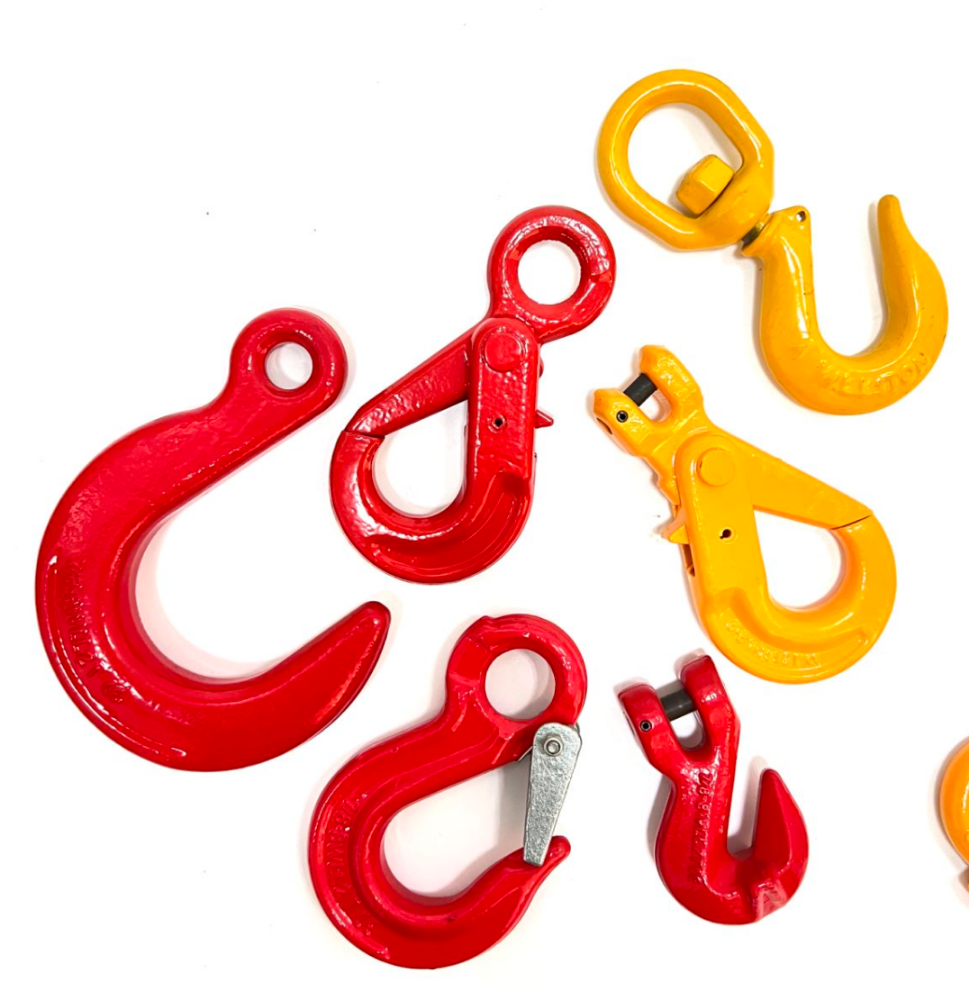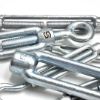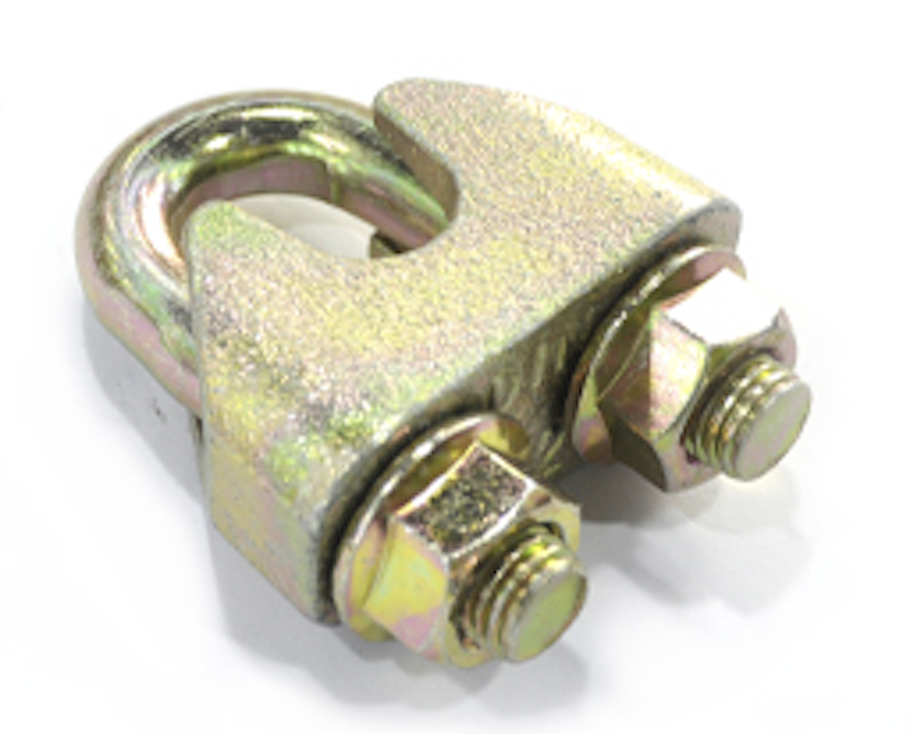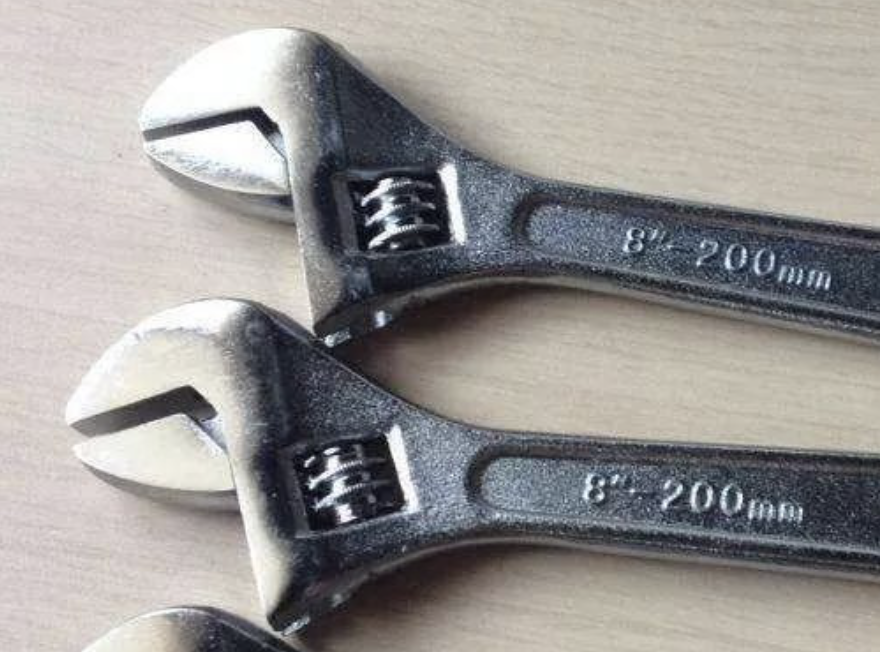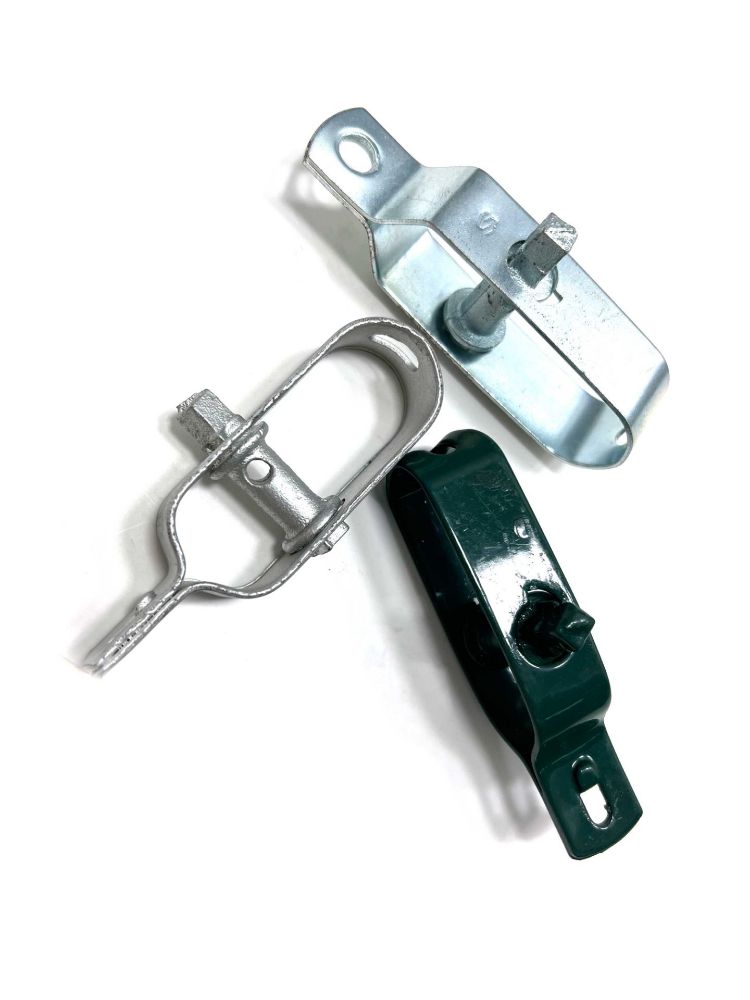Choosing the right lifting equipment is crucial to ensure the safety and efficiency of your lifting operations. Here are some factors to consider when selecting the appropriate lifting equipment:
Load capacity: Determine the weight and size of the load to be lifted. Ensure that the lifting equipment you choose has a sufficient load capacity to lift the load safely.
Lift height: Consider the height of the lifting job. The lifting equipment must have the necessary lift height to reach the intended height.
Lifting speed: Depending on the job requirements, the lifting equipment may need to have a fast or slow lifting speed.
Environment: Consider the environment in which the lifting equipment will be used. If the lifting equipment will be used outdoors or in harsh environments, you may need to choose equipment that is designed for those conditions.
Maneuverability: Consider the space and accessibility of the lifting area. Ensure that the lifting equipment can maneuver and fit into the available space.
Power source: Decide on the power source for the lifting equipment. Options include electric, hydraulic, or manual power.
Safety features: Check that the lifting equipment has the necessary safety features such as overload protection, emergency stop buttons, and safety interlocks.
Maintenance requirements: Consider the maintenance requirements of the lifting equipment. Ensure that you have the necessary resources and knowledge to maintain and service the equipment.
By considering these factors, you can select the appropriate lifting equipment for your specific lifting requirements. It is also essential to follow the manufacturer's instructions for safe and proper use of the equipment.
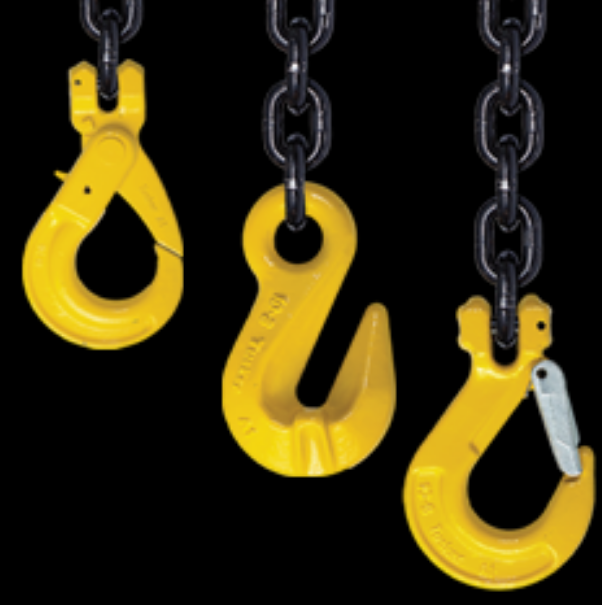









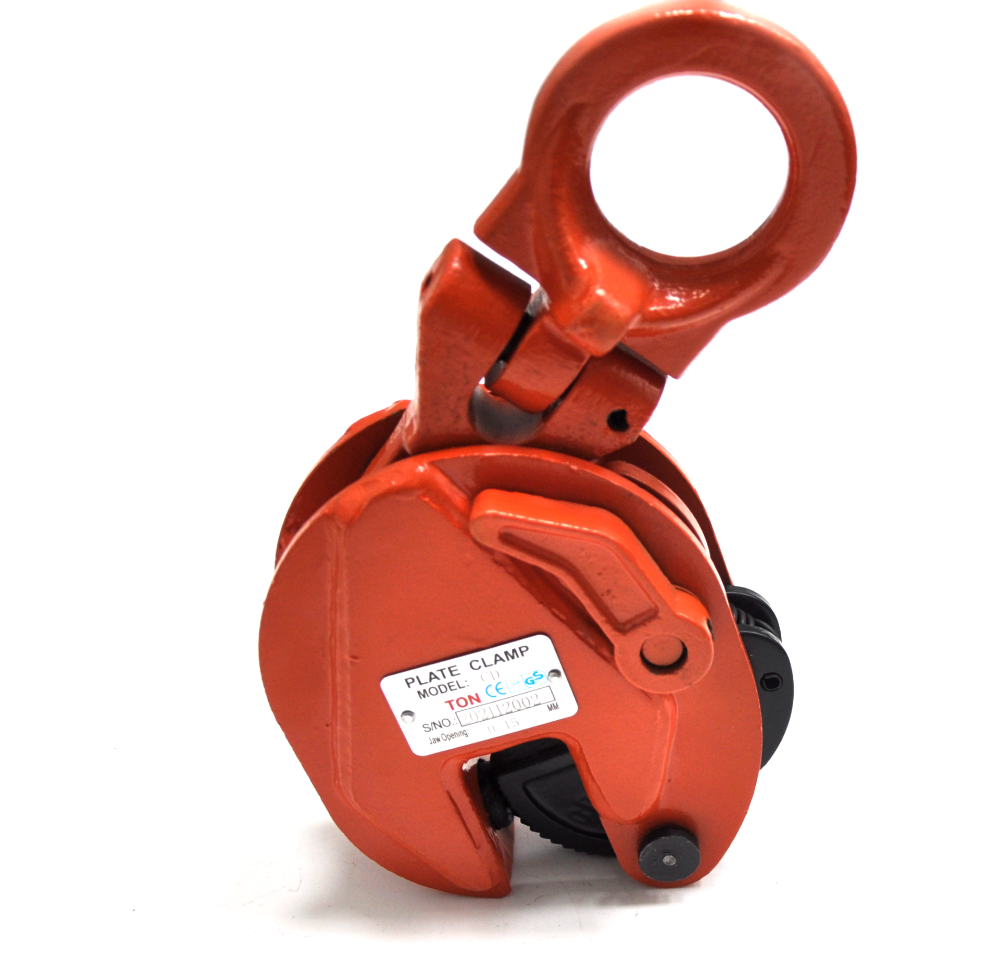
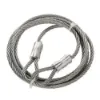


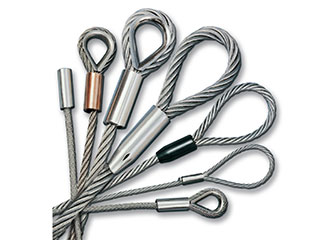
 - 副本_100.jpeg)
_1000.jpeg)
_1000.jpeg)
_1000.jpeg)

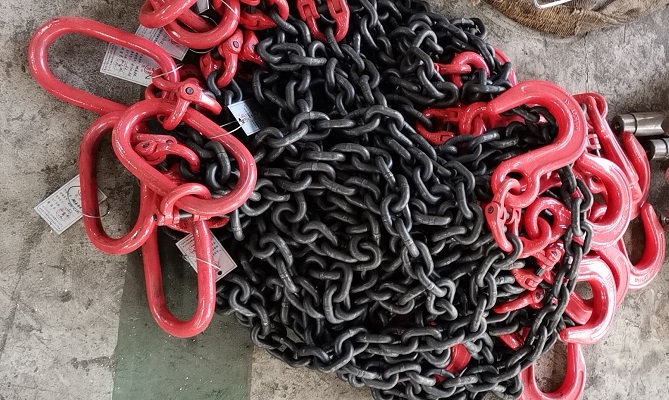
_100.jpeg)


